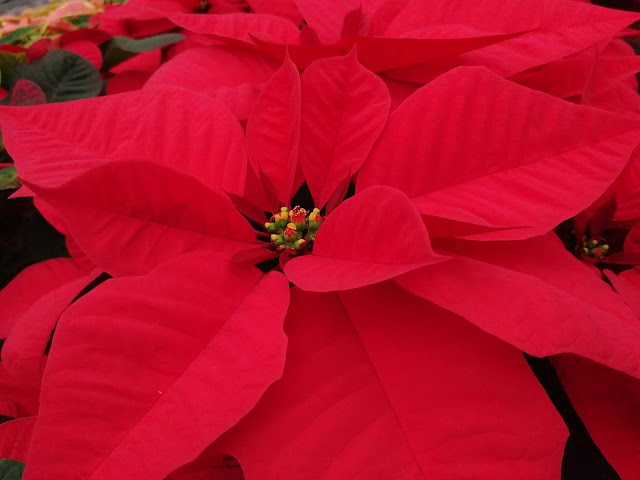Everyone is talking about native plants these days. Most people do not know the difference between native and non-native plants. Some believe that if you see a plant growing in the wild that it is native. That is not necessarily true. There are many plants that have established themselves among our native plants and trees that actually were introduced from foreign countries somewhere in our past.
Native simply means that a certain thing has been a part of a particular area for as long as man has been documenting plant discoveries.
For example, in the North Carolina region, you are likely to see mimosa trees growing along the edge of wooded areas and roadsides. However, North Carolina is not home to these trees. They are actually considered an invasive species because they were introduced here in 1745 from Asia and due to their adaptability they spread very quickly and rob native plants of the light, nutrients, and space to grow efficiently. Ever wonder why you don't see mimosa trees growing within most state parks? That is because of their invasive status.
Invasive plants threaten biodiversity in the U.S. Native animals and insects feed and grow on native plants. If invasive plants are left to spread, they will eventually choke out a lot of the native plant species and in turn, it will deplete the area of natural food sources and nesting habitats for the native animal life.
Photo: Kudzu, Invasive species originating in Asia.
The growing interest in native plants is bringing hope to many. If you do your research before you do your landscape you can find native alternatives to most things.
A lot of people will ask for red maple, and then get upset when their red maple has green leaves. Most of the maple trees you see in people's yards are indeed a variety of Japanese maple. Native red maples are only red in the fall after they have changed colors and begin to drop their leaves for winter. While red maples are native to our area, most of the ones that are red all year are not.
There are several more native trees you may have overlooked in your search for the perfect addition to your landscape such as oak, river birch, and the Slender Silhouette Sweet Gum. Though you may associate native with common, that is a misconception, as they are not so commonly used in a landscape plan. Many are underutilized in a manicured setting, and that is a shame because all natives have a unique personality that is capable of lending a wow factor to any landscape plan.
If you are looking for an ornamental tree, there are three natives to consider. The redbud tree is a native that most are familiar with. In the spring they offer beautiful blooms and interesting heart-shaped foliage. The foliage of the Carolina Sweetheart Redbud is variegated, Ruby Falls and Forest Pansy are purple, and Rising Sun is yellow and gold. This provides visual interest all summer.
Dogwood is another native that is growing in popularity among homeowners. Their gorgeous spring blooms, their interesting shapes, fall, and winter red berries, and their growth patterns definitely make this native tree a winner every time.
We must not forget the southern favorite, the magnolia. With their large, fragrant, white blooms and dark green waxy foliage that is present year-round, you can't go wrong.
Native plants support native wildlife and keep the ecosystem balanced and happy. Which, in turn, keeps native food sources plentiful and thriving. This circle of life that we are all a part of is a delicate balancing act. When invasive species of any kind are introduced it can upset the entire circle. Plant native, plant happiness.


















































